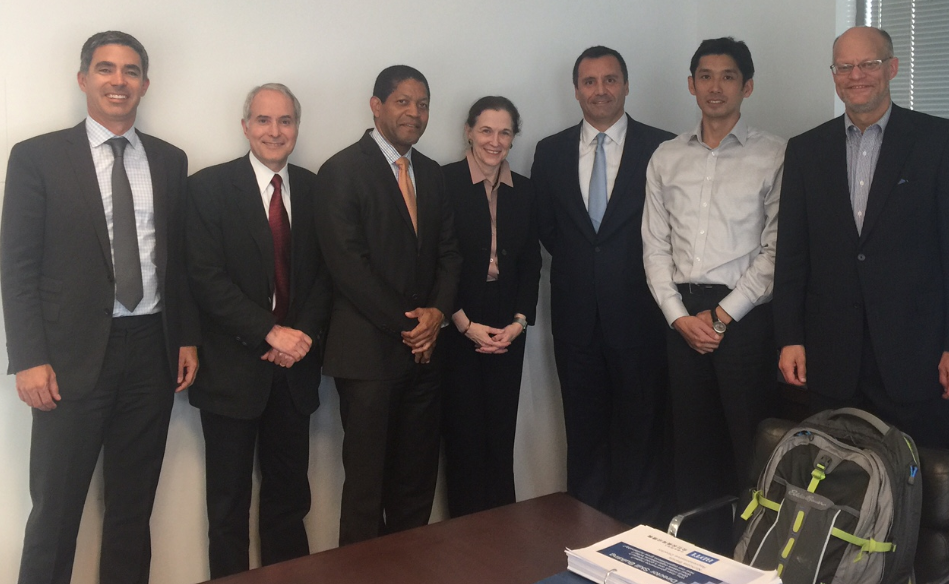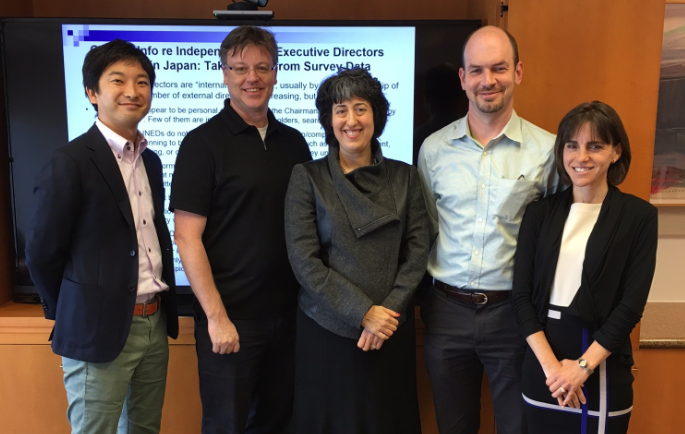Sagami Co. Ltd. (8201) is a Tokyo Stock Exchange First Section company, 56% of the shares of which are owned by FamilyMart UNY Holdings (8028), the holding company of the recent convenience store mega-merger between Family Mart and UNY (Circle K-Sunkus). Sagami is a national chain of retail kimono stores established in the 1970s under the UNY corporate umbrella. UNY converted Sagami into a “listed subsidiary” in the bubbly mid-1980s.
Needless to say, the kimono business is facing demographic and other headwinds. Sagami’s revenues have declined steadily year to year. At ¥100 a share, Sagami’s market capitalization is ¥2.87 billion. By contrast, Family-UNY’s market capitalization is nearly ¥700 billion. Sagami is a drop in the bucket. Sagami’s thinly traded shares have bumped up and down between ¥50 and ¥80 over the last year.
Earlier this summer Family-UNY made the decision to dispose of Sagami as a non-core business. Family-UNY entered into discussions with domestic private equity fund Aspirant Group in which it was agreed that Family-UNY would accept a discounted tender offer for its shares at ¥56 a share. Part of the deal included an agreement by Family-UNY to forgive ¥1.6 billion of parent company loans to Sagami. The tender offer expires on October 11, 2016.
Enter New Horizon Capital, a rival domestic private equity fund, which in September offered Family-UNY better terms– ¥70 a share. Family-UNY has yet to indicate how it will respond to the higher bid, but recent news reports leave the strong impression of distress and hesitation within Family-UNY.
The fact that the situation is creating distress and hesitation should be viewed as evidence of progress in Japanese attitudes about corporate governance and shareholder rights over the last decade. In 2004, in the much larger but parallel case involving competing bids by the Mitsubishi Tokyo Bank and Sumitomo Mitsui Bank for UFJ, the Japanese establishment and press were largely oblivious to the UFJ shareholder issues raised by Mitsubishi Tokyo’s pre-emptive bid that foreclosed a higher bid by Sumitomo Mitsui. (See p. 159 of the attached article for a more detailed description of that case.)


